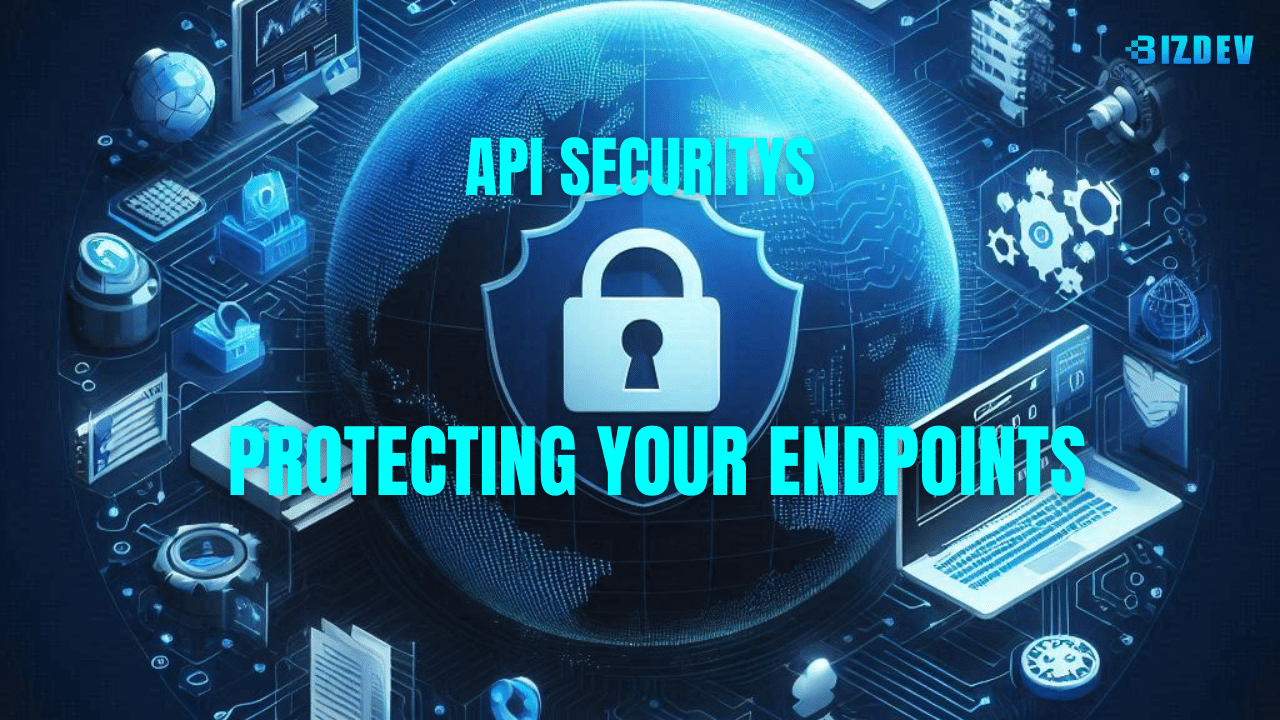In the era of digital transformation, APIs have become the building blocks of software development. However, as their usage proliferates, so does the risk of security breaches. Protecting your API endpoints is not just a technical necessity but a business imperative.

Understanding API Security
API security involves measures taken to protect the integrity of APIs from malicious attacks. This includes securing the data they transmit, authenticate and authorize access, and ensuring they can handle the load without compromising performance.
Common API Security Threats
Data Breaches
Unauthorized access to sensitive data can lead to significant losses for both businesses and customers.
Denial of Service (DoS) Attacks
DoS attacks can overwhelm an API with traffic, causing service disruptions.
Man-in-the-Middle (MitM) Attacks
Attackers can intercept unsecured API communications to steal or manipulate data.
Best Practices for API Security
- Authentication & Authorization: Implement robust authentication mechanisms like OAuth 2.0 to control who can access your API.
- Encryption: Use HTTPS to encrypt data in transit between the client and server.
- Rate Limiting: Prevent abuse by limiting how often a user can call your API within a certain period.
- Input Validation: Ensure that only properly formatted data passes through your API to prevent injection attacks.
Tools for Enhancing API Security
API Gateways
API gateways act as a protective layer, managing authentication, monitoring, and routing.
Web Application Firewalls (WAF)
WAFs help protect your API from web-based attacks by filtering and monitoring HTTP traffic between a web application and the Internet.
Security Testing Tools
Regularly test your APIs with tools like OWASP ZAP or Postman to identify vulnerabilities.
Regulatory Compliance
- General Data Protection Regulation (GDPR): Ensure your APIs comply with GDPR if they handle EU citizens’ data.
- Health Insurance Portability and Accountability Act (HIPAA): If dealing with health information, your APIs must be HIPAA compliant.
Conclusion
API security is not a one-time setup but an ongoing process that evolves with your application and the threat landscape. By implementing best practices and utilizing the right tools, you can safeguard your endpoints against emerging threats. Remember, in the interconnected world of APIs, security is only as strong as the weakest link. Stay vigilant, stay updated, and keep your APIs secure.
